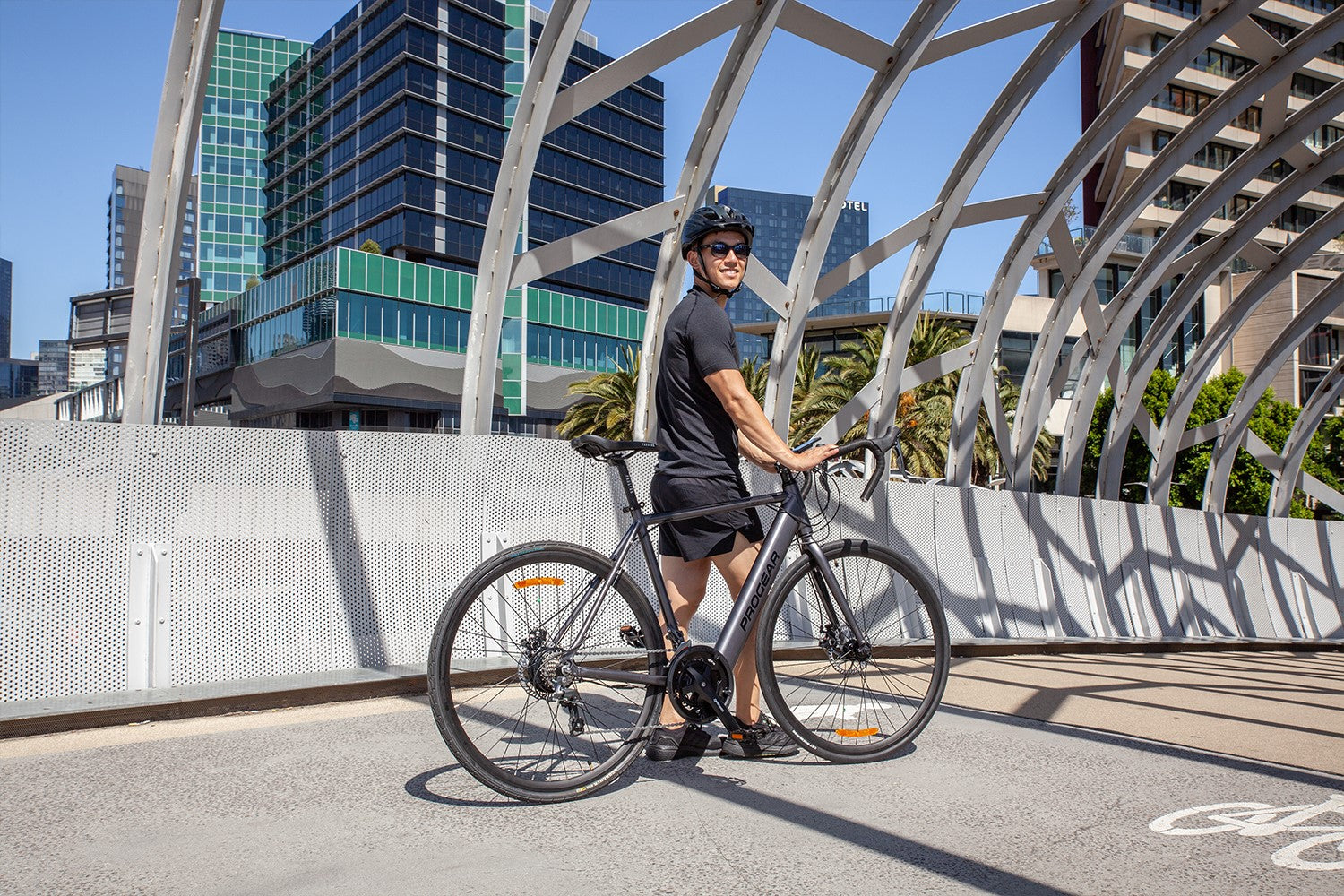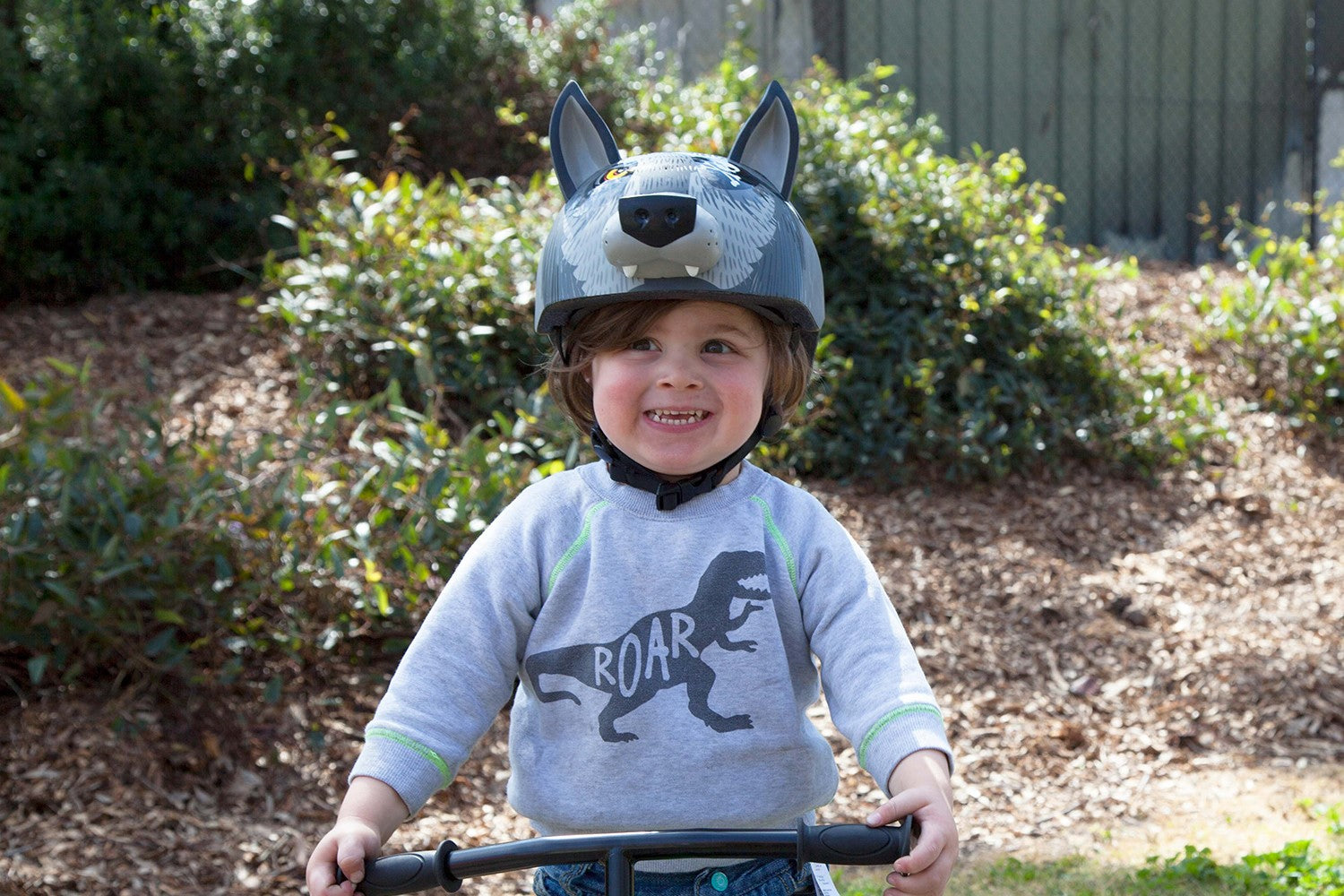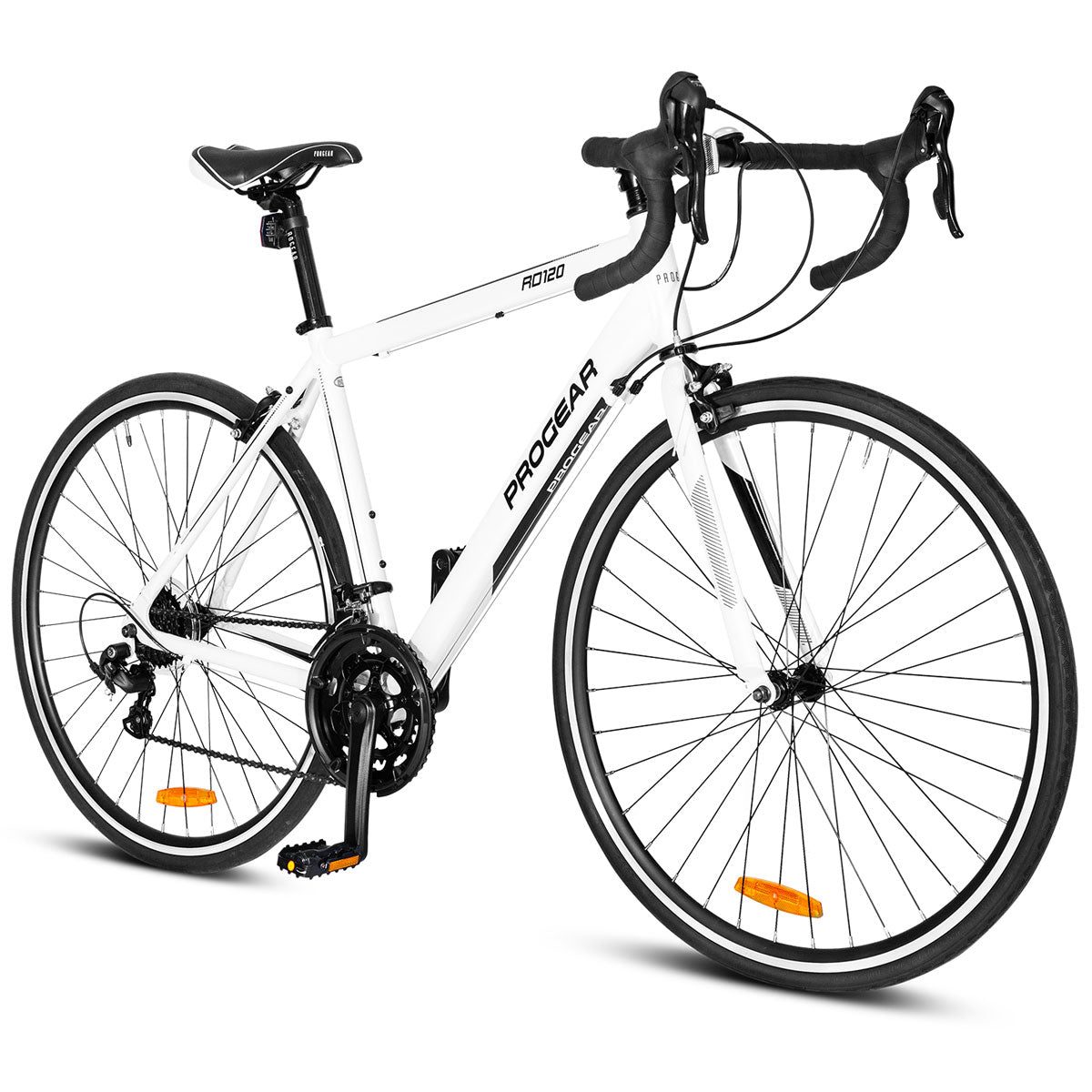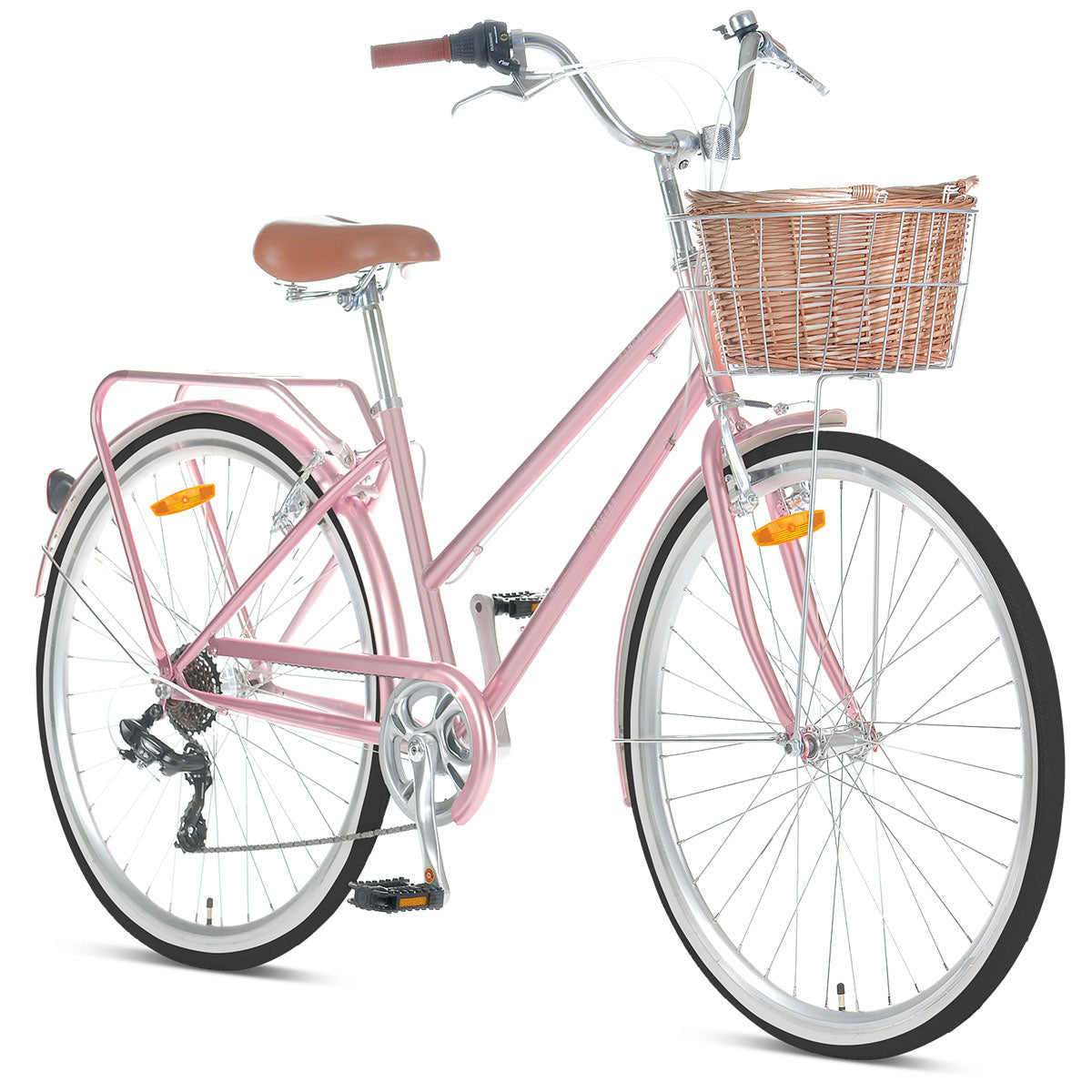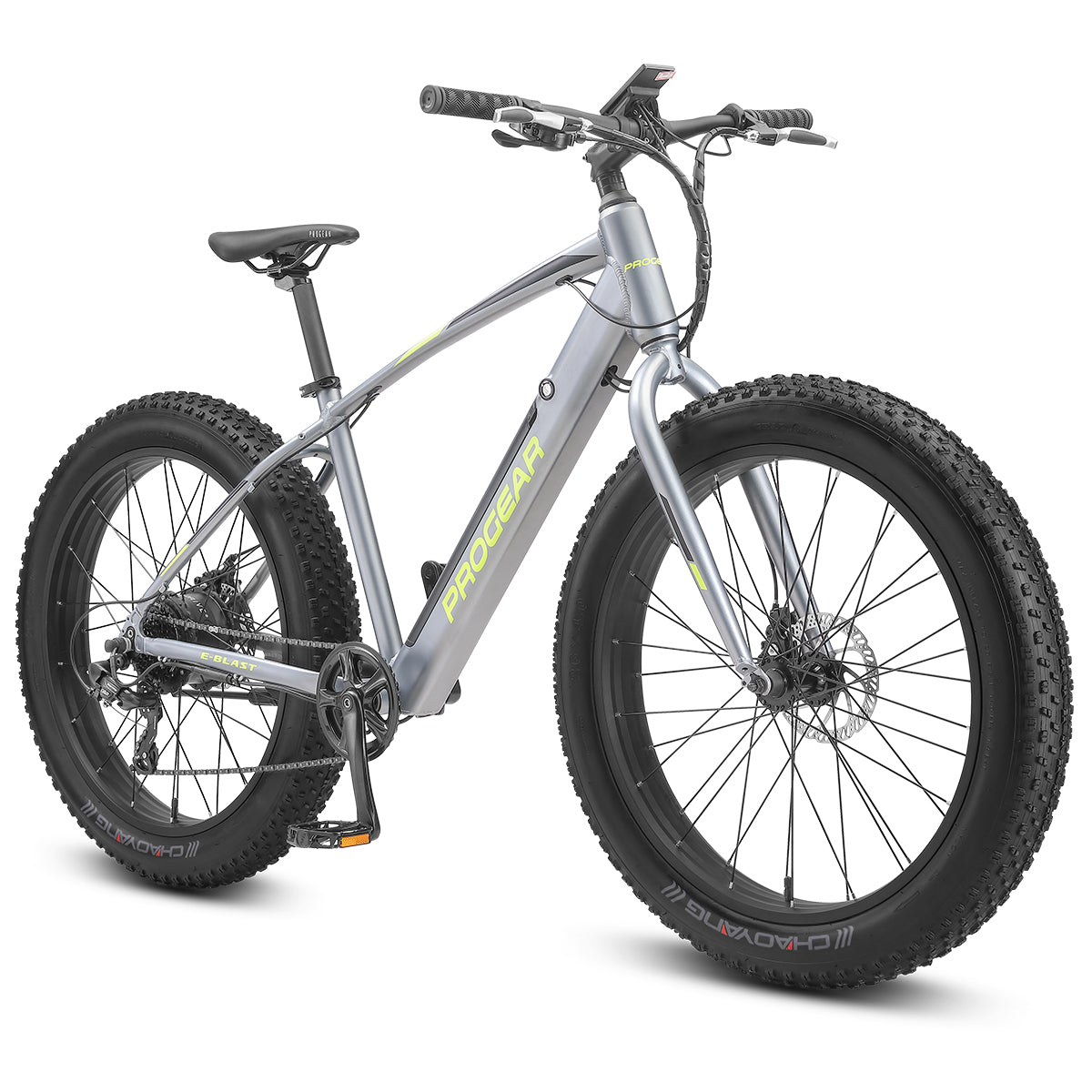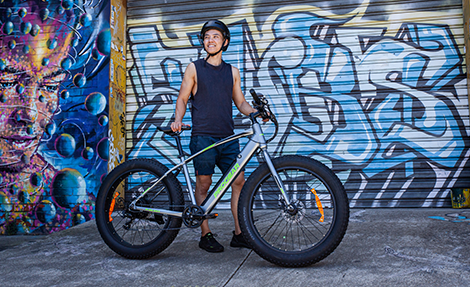Shopping for your little ones first bicycle can be an exciting time for both yourself and your child. But it can also be a challenge if you don’t know much about bikes or how to go about finding the perfect match for your little one. Choosing the right bike is integral to ensuring your kid feels confident and comfortable while they’re learning. Unlike adult bikes which are measured by frame, youth bikes are measured by the diameter of the wheel. For toddlers, balance bikes start as small as 10-inches giving beginners the chance to get a feel of riding on 2 wheels whilst keep their feet firmly on the ground. Bigger bikes for older kids will reach up to 27.5-inches with some BMX bikes being suitable for both kids and adults.
It is important to note that although 2 bikes may have the same wheel size, they can vary drastically in height especially as you go from one brand to another. This is when frame size and seat post height will factor into your decision. Determining the right size bike for your child is simple, after taking some measurements and researching your options your little one will have a new set of wheels in no time.
Types of Bikes
Before you reach for the measuring tape it is worth familiarising yourself with the bike sizes available. Understanding the different sizes and features common to each size will help get a general sense of what bike your child needs depending on their experience and age. If you have a toddler that is still finding their feet, a balance bike is perfect for getting them accustomed with the motion of being on 2 wheels. For older kids a 12” or 16” bike will be the next step up and will include pedals, brakes and training wheels. A bike with removeable training wheels will assist children as they learn and follow them as they become confident enough to remove the training wheels. As their riding skills improve, a 20” bike will cater to longer rides and incline trails with the introduction of gears. If your child is starting to learn a little later down the track then a tricycle will offer them more balance and comfort. When your child is just about ready to enter the world of adult bikes, a 24” or 26” bike may be the last stop, with some models including suspension forks, kids will be able to start tackling mountain trails.
Measuring Your Child’s Inseam

The first step would be to measure your child's height and inseam. To measure your child's inseam, start by having them stand straight against a solid wall with shoes on and feet shoulder-width apart. Place a book between their legs and raise it as far as possible, this position imitates a seated bike position. Use measuring tape to measure from the top of the book to the floor (in cm), this is your child's inseam length. With this measurement you should be able to help narrow down your search. If shopping online most bicycle retailers will have a sizing guide available with minimum inseam suggestions.
Riding Ability
Now that you’ve narrowed down your search it is time to consider your child's riding abilities to understand which bike will best suit their needs. As children learn to ride, they will inevitably experience bumps and falls, the right sized bike will minimise these occurrences and increase their confidence. Having the seat post low enough that your child's feet can touch the ground will give them the ability to stop and start on their own. A bike that is either too small or too big for your child with prove to be difficult and uncomfortable to ride, making the experience of riding a bike not all that fun. We recommend buying a bike that fits your child at the time, don’t be tempted to buy a bike too big for your child as it will be too hard to handle.
Making Your Choice

Now that you’ve got your measurements and have a rough idea of your child's size range it's time to go shopping. With your child's inseam length, you can check out the size guides available online to choose a bike with a suitable recommended inseam length. Be sure to also check the minimum seat post height if your child is still learning. Checking that the minimum height is not higher than your child's inseam height will ensure they are tall enough to get on and off the seat without struggle. Once they are more experienced a bike with a minimum seat post height that is a few centimetres higher than their inseam length will be fine, your child will be able to reach the ground with their toes. Keep in mind that children grow quickly and will outgrow their bike so it is good to check and upgrade as needed.
Conclusion
Picking out your little ones very first bike should be an exciting and joyous experience. However, you can feel left in the dark if you don’t know what size bike your child needs. Choosing the right size is easy once you’ve got your height and inseam measurements. After assessing whether your child needs training wheels, brakes, gears and more you’ll be well prepared to make your choice. A quality retailer will have a sizing guide and individual bike specifications online to help you make your decision.
Check out our range of kids bicycles.





